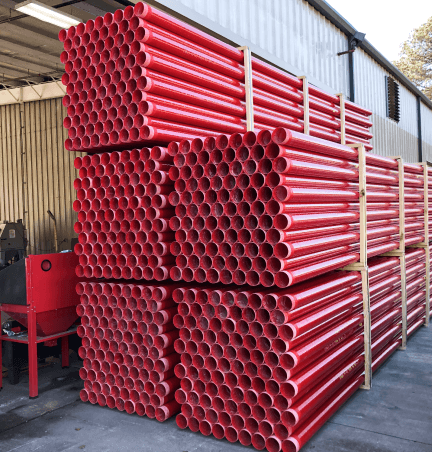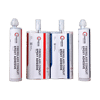Ever since the Panama Canal was widened in 2016, more and more U.S. ports are following suit with upgrades to accommodate bigger ships and new technology. To provide some perspective, old Panamax ships hold 5,000 shipping containers. New Panamax ships hold 13,000 containers.
With larger ships carrying more cargo, it’s easy to understand why port construction activity is humming. Some estimates say U.S. port construction market size will increase 5% to about $2.44 billion by 2020. The largest ports are Los Angeles, New York/Newark, New Orleans, Long Beach, Savannah and Houston.
Fiberglass conduit offers a solution in these environments because it stands up to corrosive environments like saltwater and the extreme UV exposure of intense sunlight. With UV stabilizers and pigments in its standard epoxy resin, the effects of weathering are slowed and the conduit maintains its strength and durability.
With challenging coastal installations sometimes occurring on boats and floating platforms outside and under piers, the light weight and portability of fiberglass conduit in the field make installations easier, faster and more cost efficient than heavier conduit. Project managers also like that fiberglass conduit is budget-friendly at the onset.
Port activity remains a busy market for fiberglass conduit. Check out our port authority/coastal environments page for more information, case studies and recent project photos showing success in this arena.
Keep Reading
Get to Know Inside Sales Representative Kade Trujillo
He’s into sushi and sneakers and is a recent graduate of Texas A&M University. Meet Kade Trujillo. Tell us about…
How Utilities Buried in Fiberglass Conduit Protect the Infrastructure We Depend On
By Scott Patchan It has long been suggested that municipalities bury utilities in outdoor electrical conduit to minimize disruptions from extreme weather…
Munden-Champion Fiberglass® Partnership A Win for Atlantic Canada
With more than 20 years in the electrical industry, Munden Enterprises Ltd. has built a strong reputation as a premier…











